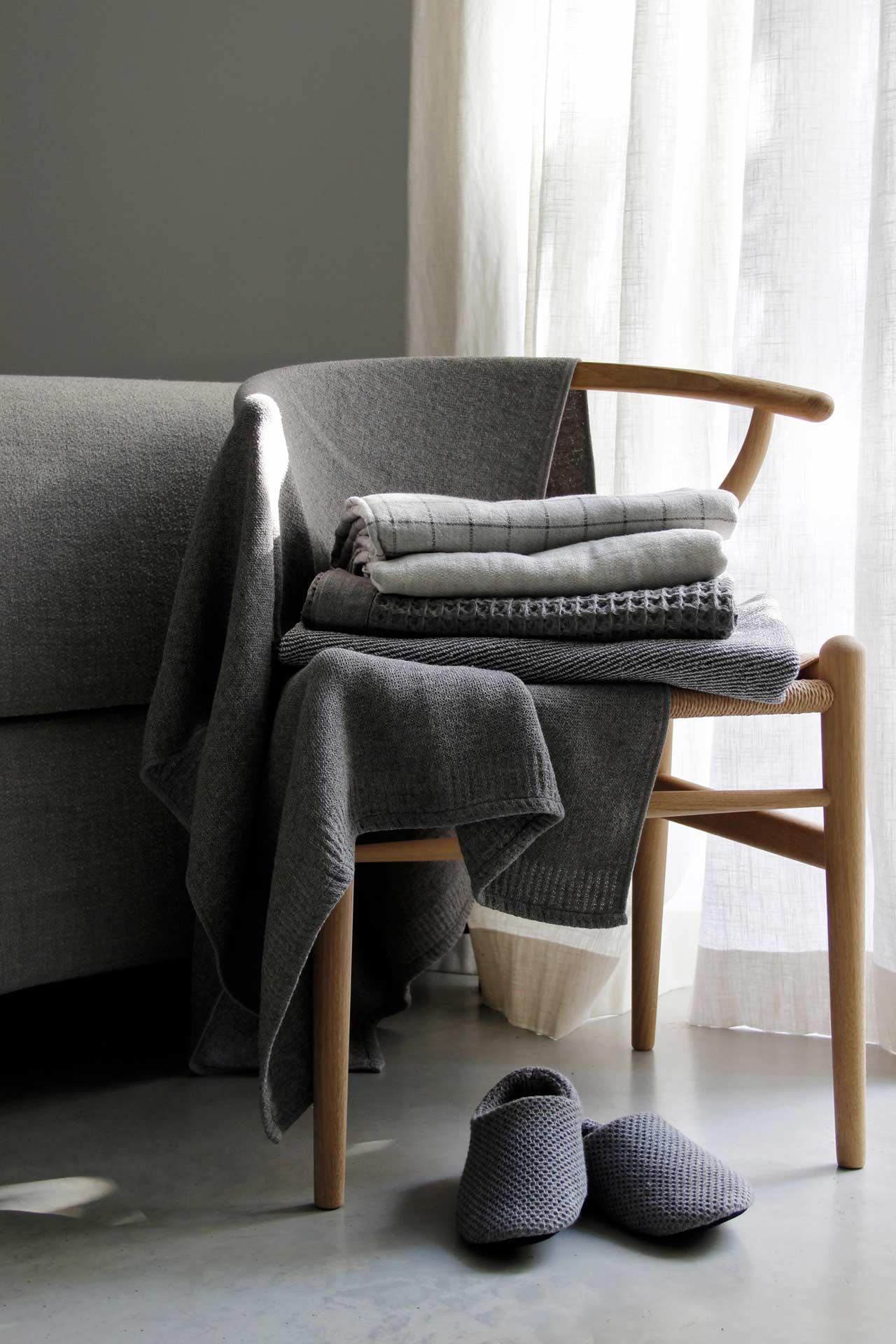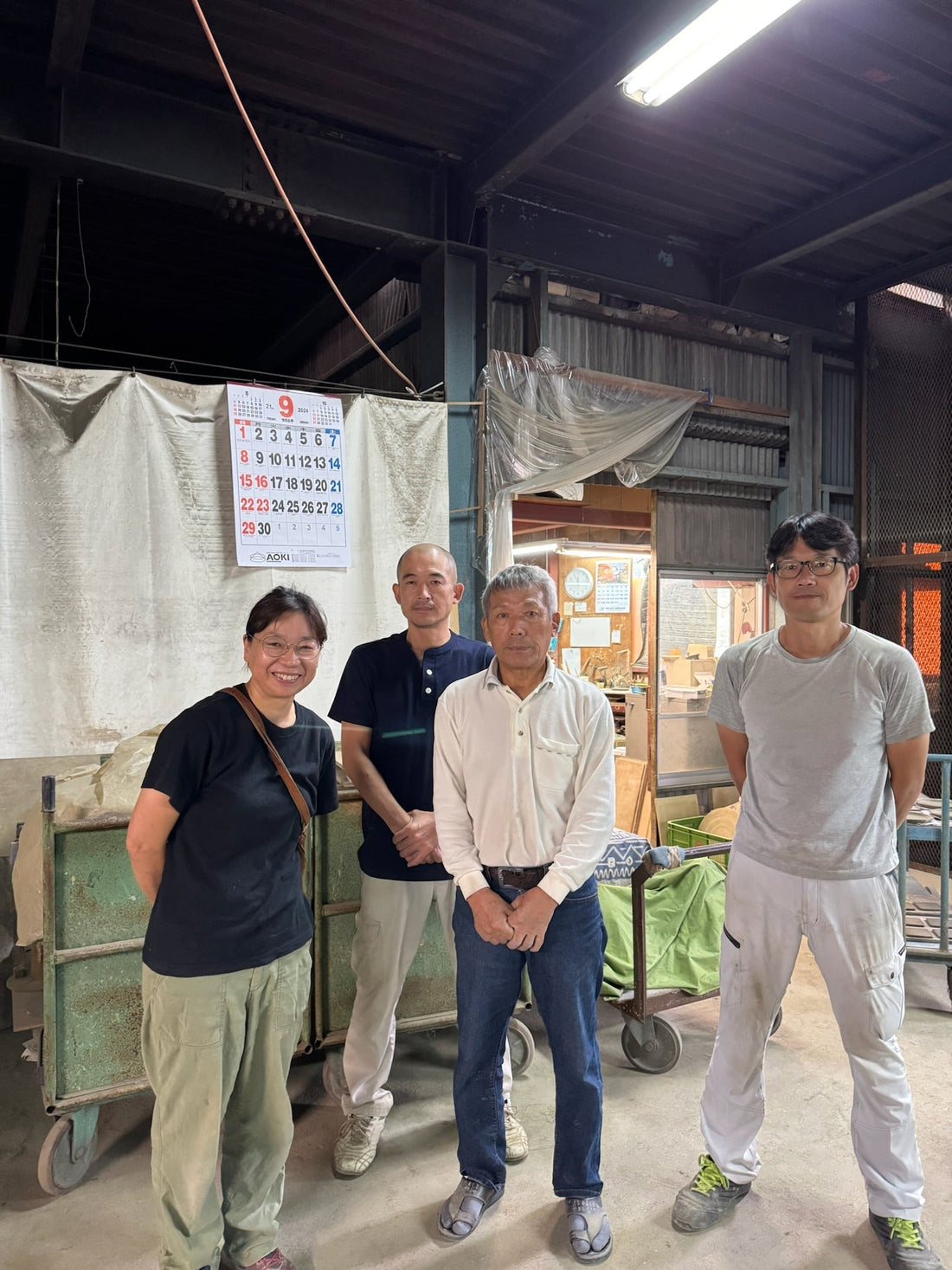
For centuries, Kawara ceramics have protected Japan from above — silent sentinels of tradition, lining the rooftops of temples, shrines, and heritage homes. With their deep, smoky hues and graceful forms, they’ve long embodied a harmony between nature, craftsmanship, and architecture.

In Awaji, a small island with a proud ceramic heritage, one family has kept this tradition alive for four generations. Together, father and son continue to handcraft traditional kawara roof tiles and temple ornaments using time-honored techniques passed down through generations of Japanese tile makers.

Alongside their architectural work, they have also begun producing tableware — as a thoughtful extension of their craft. This evolution reflects both a deep respect for heritage and a clear-eyed response to a changing cultural landscape, where traditional roof construction is increasingly rare.

The Distinct Beauty of Ibushi-Gawara
All of the ceramics in this collection are fired using the traditional ibushi-gawara method — a smoke-reduction technique that produces a rich, matte charcoal surface with a soft, silvery sheen. There is no glaze; the color and finish emerge solely from the interaction of clay, smoke, and fire.
This unglazed finish gives each piece a unique, nuanced surface — quietly reflective, subtly textured, and responsive to light and touch. It is a finish that speaks not of decoration, but of material honesty.
The result is ceramic tableware that feels both elemental and refined — grounding in everyday use, and elegant enough for the most considered settings.

From Everyday Use to Exceptional Settings
Our selection includes plates, shallow bowls, and small dipping dishes — designed for modern use while retaining the soul of their architectural origins. Every piece is dishwasher safe, and made to integrate seamlessly into daily life.
At the same time, their understated beauty and tactile depth make them equally suited to more elevated occasions. These pieces are not only found in private homes but are also used in some gourmet restaurants in Tokyo, where chefs value the quiet strength and visual restraint of kawara ceramics as a backdrop for their cuisine.
Whether at a casual dinner or a carefully composed tasting menu, these pieces invite attention without demanding it — allowing the moment, the meal, and the materials to speak for themselves.



A Living Craft, Preserved by Use
This tableware is not a departure from tradition — it is a continuation. By introducing their work into new contexts, this Awaji-based family ensures the future of a centuries-old practice through relevance, not reinvention.
At KENKAWAI, we are honored to present their work — one that remains rooted in the soil, the kiln, and the care of those who have shaped it for generations.
From rooftop to table, these pieces carry with them the spirit of resilience, simplicity, and quiet excellence.



